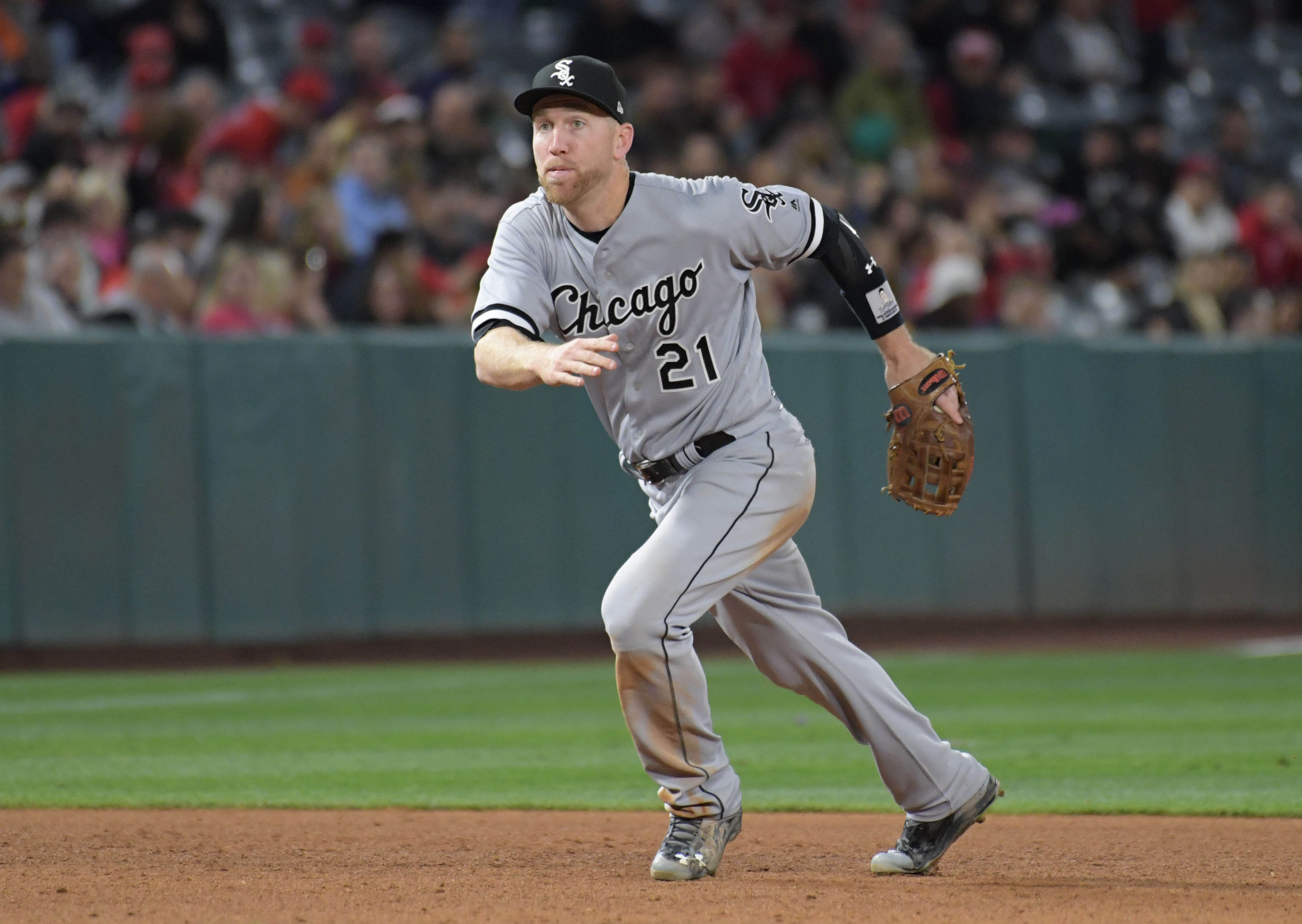What has happened to Todd Frazier?
Rick Hahn and the White Sox brass might be asking themselves that same question.
The third baseman has followed in the footsteps of Adam Dunn, Jeff Keppinger, and Adam LaRoche as corner infield acquisitions who have underachieved after joining the White Sox.
Frazier was supposed to be one of the missing pieces to make the White Sox a bonafide contender in the American League in 2016, but just like Frazier’s performance, that flopped.
After an early season power surge last season, Frazier struggled to make any consistent contact, hitting below .200 for much of the year. While Frazier struggled to put the ball in play, when he did it often traveled very far, as he finished with 40 home runs, most by a third baseman in club history.
Unfortunately, his struggles from 2016 have leaked over into this season. Frazier ranks in the bottom third of the league in batting average, slugging percentage and OPS among qualified third basemen. He is also sporting the fifth lowest wRC+ among any third basemen in MLB (82).
Frazier’s poor 2016 can be somewhat masked because of the power numbers he was still able to produce. This season, the contact struggles remain and the power has yet to come around. One has been his inability to square up pitches that he has historically been able to handle in the past.
Throughout his career, Frazier has hit fairly well against fastballs (.281), but that hasn’t been the case in 2016. According to Brooks Baseball, Frazier has been below average against fastballs, hitting at a .225 clip (18-for-80). While he has also struggled mightily against breaking balls and off speed pitches (.132), the inability for a slugger like Frazier to barrel up mediocre fastballs is concerning. If Frazier was only being blown away by the elite pitchers in the American League, that would be one thing, but teams fourth and fifth starters are giving him trouble. If you watch Frazier’s at-bats, you’ll see the lack of a plan at the plate, which usually leads to a quick 0-2 count. While he will still occasionally run into a pitch and send it out of the ballpark, hitting a few homers won’t fix the Frazier’s issues.
The biggest disappointment as far as the White Sox are concerned this season is that Frazier’s trade value isn’t anywhere near where they’d like it to be. With the team in year one of its rebuild, Frazier could have been one of many assets who could be moved as the team continues to find young, controllable players.
Frazier’s struggles are unfortunate, and there’s no way the White Sox envisioned them being in their current position when they acquired him a year and a half ago. The White Sox gambled on Frazier helping put their offense over the top, and while that didn’t happen, neither of the prospects the Sox shipped out to acquire Frazier have made much noise in the big leagues. Trayce Thompson can’t seem to stay in the big leagues for longer than 60 days and Micah Johnson is now on his second team since being traded by the Sox. Likewise, Frankie Montas was moved to Oakland in a deadline deal last season and looks to destined for a career in the bullpen, just as many experts expected. Following the 2017 season, the White Sox will likely close the book on Frazier’s tenure once he becomes a free agent and continue with their youth movement either handing the keys to the hot corner over to Matt Davidson or look elsewhere.
I’d love to say there are good times ahead for Frazier and that he will snap out this long slump, which if you include his second half from 2015, is going on two years, but he hasn’t showed anything to give anyone confidence that a change is coming. It’s going to be a long summer for the South Side’s Jersey boy.
Lead Photo Credit: Kirby Lee-USA TODAY Sports

Dunn, LaRoche, and Frazier are all former National League players. They all can hit fastballs, but in the AL that pitch is thrown less frequently.
This is the #1 reason I was against the Frazier acquisition.
I looked at Fangraphs’ team pitching and sorted by FB% descending. Year in and year out 8 of the top 10 teams are NL teams. Throw out the Rockies as an outlier and it’s still lopsided.
Dunn, LaRoche, Frazier, Sandoval, Pujols, Headley, Tulowitzki… These are just the names off the top of my head that had a noticeable drop off after switching from NL to AL. I can’t even come up with a guy off the top of my head that had a drop off going the other way, usually they thrive going to the fastball league (Cespedes, Flowers, and if you want to go back far enough: Sosa).